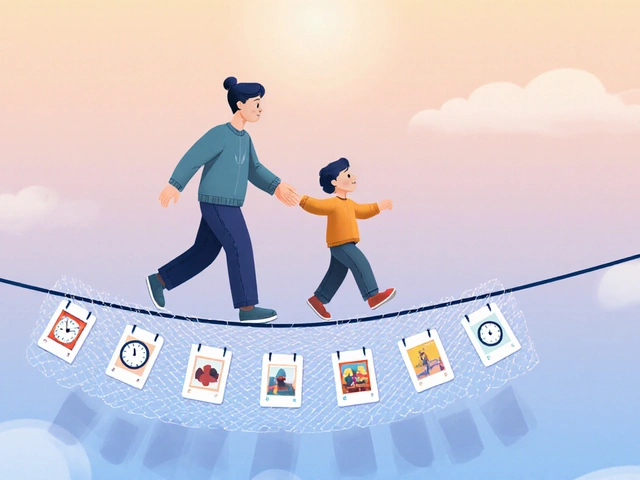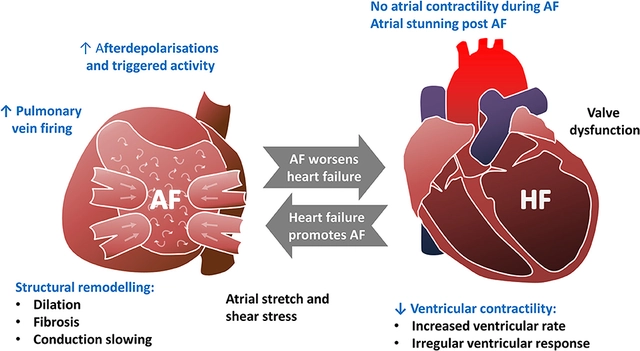How Canagliflozin Works to Improve Kidney Function in Diabetic Patients
May 6 2023Sedative Interactions: What You Need to Know Before Mixing Medications
When you take a sedative, a medication that slows down brain activity to reduce anxiety, induce sleep, or relax muscles. Also known as central nervous system depressants, it can seem harmless if you’re just trying to sleep better or calm your nerves. But when mixed with other substances, even common ones, the results can turn serious fast.
Sedatives include drugs like benzodiazepines (Valium, Xanax), sleep aids (Ambien, Lunesta), and even some antihistamines used for allergies. These work by boosting GABA, a brain chemical that calms nerve activity. Now, imagine adding alcohol—another GABA booster—to the mix. That’s like stepping on the brake and the gas at the same time. Your breathing slows. Your heart rate drops. You might pass out. Or worse. The CDC reports that over 15% of drug overdose deaths involve sedatives combined with alcohol or opioids. It’s not just about pills. Even herbal sleep remedies like valerian or kava can make sedatives stronger than expected. And if you’re on something like warfarin or certain antidepressants, the interaction isn’t always obvious until it’s too late.
People often don’t realize how easily sedatives interact. You might take a sleep pill after a glass of wine, or grab an over-the-counter cold medicine with diphenhydramine because you’re congested. Neither feels dangerous on its own. But together? They can turn a quiet night into an emergency room visit. Even some antibiotics and antifungals can change how your body breaks down sedatives, making them stick around longer than they should. If you’re managing chronic pain, anxiety, or insomnia, you’re probably on more than one medication. That’s why knowing what’s in your medicine cabinet matters more than you think.
What you’ll find below are real-world examples of how sedatives behave when mixed with other drugs—some you’ve heard of, others you might not have considered. From blood thinners to pain relievers, from antidepressants to herbal supplements, these posts break down what happens when things collide. No theory. No fluff. Just what you need to know to avoid a bad reaction.
 30 Oct
30 Oct
Motion Sickness Medications: Scopolamine and Sedative Interactions
Scopolamine patches are the most effective treatment for motion sickness, but they cause strong drowsiness and can become dangerous when mixed with alcohol, sedatives, or CBD. Learn how to use them safely and avoid life-threatening interactions.
Read More...



